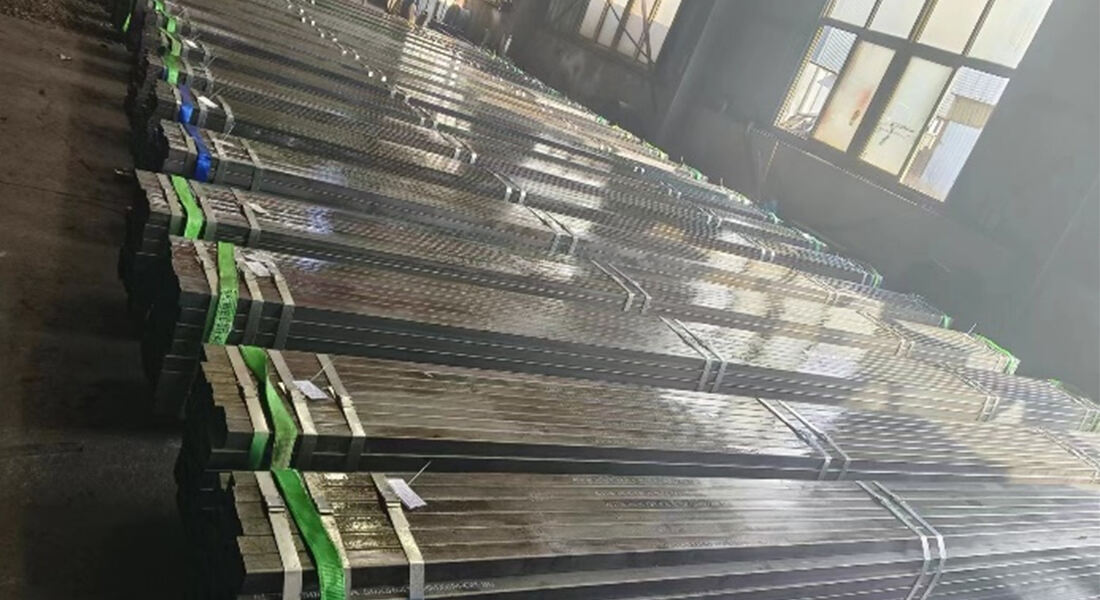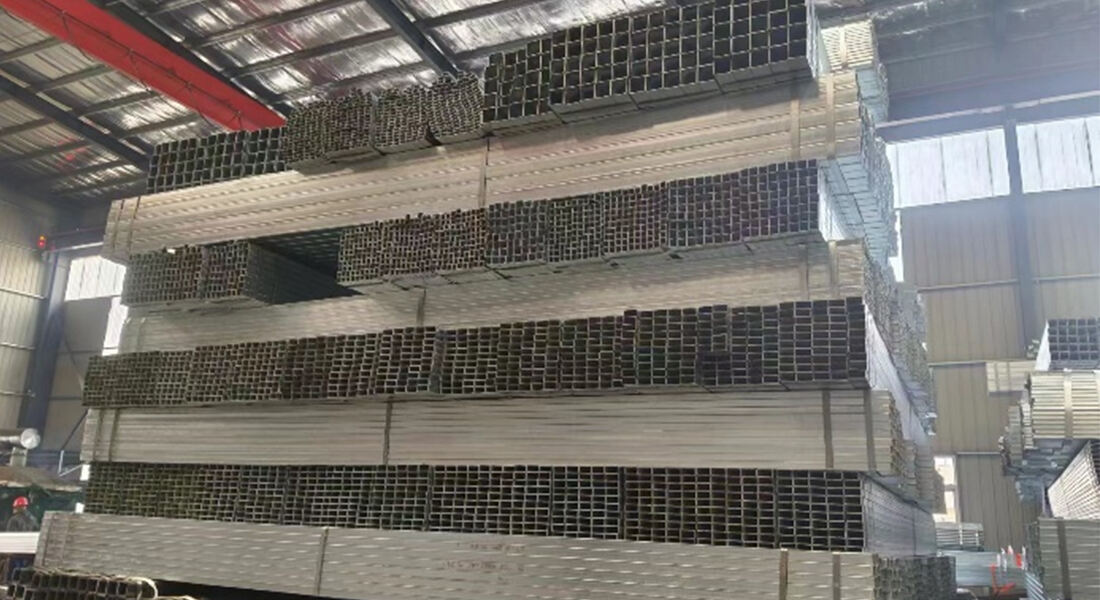사각 튜브는 다양한 용도가 있으며, 전 세계 건설과 현대화에 중요한 다목적 재료입니다. 사각 튜브는 다양한 단면 형상에 따라 일반적으로 프로파일, 판재, 파이프 및 금속 제품의 네 그룹으로 분류됩니다. 이들은 사각 튜브의 제조, 주문, 배송 및 관리를 더 쉽게 하기 위해 자주 사용됩니다.

1. 사각 튜브의 개념
사각 튜브는 강철 잉곳, 빌릿 또는 사각 튜브에 압력을 가하여 다양한 형태, 크기 및 특성을 얻도록 만든 재료입니다.
정사각형 튜브는 중국의 사대 현대화를 건설하고 실현하는 데 있어 중요한 필수 구성 요소입니다. 다양한 유형이 있으며 종종 사용됩니다. 정사각형 튜브는 일반적으로 서로 다른 단면 형상에 따라 프로필, 판재, 파이프 및 금속 제품으로 네 가지 그룹으로 분류됩니다. 이를 통해 기업 관리 작업을 개선하고 정사각형 튜브의 생산, 주문 및 공급을 더 쉽게 처리할 수 있습니다.
2. 정사각형 튜브의 제조 방법
대부분의 경우 압력 가공을 사용하여 처리된 강철(비료, 잉곳 등)을 직사각형 튜브로 플라스틱 변형시킵니다. 처리 온도에 따라 정사각형 튜브는 냉간 가공 및 열간 가공으로 나눌 수 있습니다. 정사각형 튜브는 다음 주요 기술을 사용하여 처리됩니다:
압연은 두 개의 회전하는 롤러가 사각 튜브 금속 빌릿이 통과하는 다양한 형태의 간격을 형성하는 압력 가공 기술입니다. 롤러의 압축으로 인해 재료의 단면적은 감소하고 길이는 증가합니다. 이는 주로 파이프, 판재 및 프로필에 사용되는 사각 튜브 생산에서 자주 사용되는 기술로, 열간 압연과 냉간 압연으로 나뉩니다.
압연은 두 개의 회전하는 롤러가 사각 튜브 금속 빌릿이 통과하는 다양한 형태의 간격을 형성하는 압력 가공 기술입니다. 롤러의 압축으로 인해 재료의 단면적은 감소하고 길이는 증가합니다. 이는 주로 파이프, 판재 및 프로필에 사용되는 사각 튜브 생산에서 자주 사용되는 기술로, 열간 압연과 냉간 압연으로 나뉩니다.
단조 사각 튜브: 프레스의 압력이나 단조 망치의 왕복 충격력을 통해 모양물을 필요한 형상과 크기로 만드는 압력 가공 기술입니다. 주로 큰 단면 차원을 가진 재료, 예를 들어 대형 재료와 빌릿을 생산하기 위해 사용되며, 자유 단조와 금형 단조로 나뉩니다.
평방 튜브를 끌어내는 것은 (형상, 튜브, 제품 등) 압연 금속의 빌렛을 단면적을 줄이고 길이를 늘리기 위해 그들을 다이홀을 통해 끌어내는 과정이다. 대부분의 용도는 냉가공에서 사용된다.
압출은 사각 튜브를 사용하여 금속을 밀폐된 압출 챔버에 넣고 일정한 금형 구멍을 통해 금속을 밀어내어 동일한 크기와 형태의 완제품을 생산하는 가공 기술이다. 비철금속 제곱 튜브의 제작에 자주 사용된다.

3. 철계, 강재 및 비철금속
강의 분류로 넘어가기 전에 철계, 비철금속 및 사각 튜브 강에 대한 기본 개념에 대해 간단히 설명하십시오.
1. 철과 그 합금은 철계라고 불린다. 예: 주물용 철, 강, 생철, 페로합금 등. 탄소가 주요 첨가 성분인 철계 합금으로는 강과 생철이 있으며, 이를 철탄소합금이라고 한다.
생철은 고로에서 철광석을 용해할 때 나오는 부산물로, 주로 주조와 강재를 위한 사각 튜브 생산에 사용됩니다. 액체 생철(주철)을 만들기 위해 생철이 용융 철로에서 녹여집니다. 사각 튜브 형태로 액체 주철이 성형될 때 만들어지는 종류의 주철을 주철이라고 합니다. 페로합금의 구성 요소에는 철, 규소, 망간, 크롬, 티타늄 등 여러 원소가 포함됩니다. 페로합금은 강을 만드는 데 사용되는 기본 재료 중 하나입니다. 사각 튜브 강재를 제조하는 과정에서 페로합금은 산소 제거제 및 합금 요소 추가제로 작용합니다.
2. 주철을 전기로에 넣고 예정된 방법으로 녹여 강재를 생산합니다. 강은 잉곳, 연속 주조용 빌렛, 그리고 사각 관 접합 주조로 만들어진 다양한 강 주조품으로 생산됩니다. 자주 언급되는 강은 일반적으로 다양한 사각 튜브 형태로 압연된 강을 의미합니다. 철강은 사각 튜브 강의 소유자이지만, 흑금과 강은 완전히 상호 교환이 가능한 것은 아닙니다.
 핫 뉴스
핫 뉴스